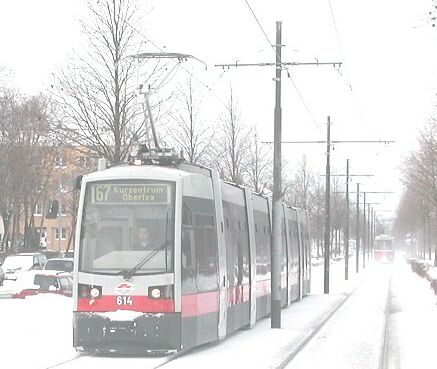Paleo
Active Member
400 per train is crush load. A "train" is about the same length as a pair of our subway cars. At 120s and standard loading capacity the maximum capacity is 10,000 ppdph. 12,000 with 50m trains at standard capacity. 15,000 would be with 50m trains at crush loads.
The system does not have "half the capacity" at "a quarter of the cost" compared to our subways like you have claimed in the other thread.
The system does not have "half the capacity" at "a quarter of the cost" compared to our subways like you have claimed in the other thread.
Okay, let's just get some basic facts down. First, the Canada Line right now has a vehicle capacity of 400 passengers per train and a headway of 180 seconds for a peak capacity of 8000 pph/pd. The project is designed to "comfortably" carry about 6,800 pph/pd. With 10m station extensions and 120s headways the system has a capacity of 15,000 pph/pd.
Comparing this to the Eglinton Crosstown is difficult in that the surface segments of the line have much lower capacity than subsurface. Working off of what the TTC claims for the Crosstown LRT though, capacity is somewhere between 5,400 or 6,800 "people per hour" (half that for per direction). Nowhere in any of the TTC's materials do I see any intention of them breaking the line into surface/subsurface so as to run longer trains in the tunnel and nowhere do they propose trains longer than 2 LRVs.
So, yes, the Canada Line presently has a higher capacity than the Crosstown LRT and with minor upgrades has a undeniable capacity advantage.





